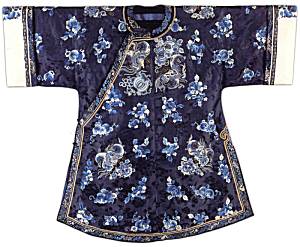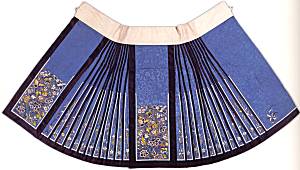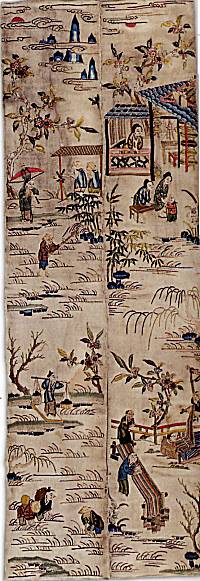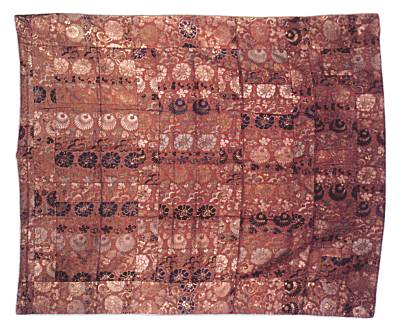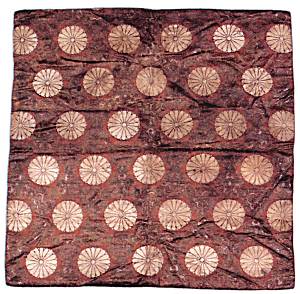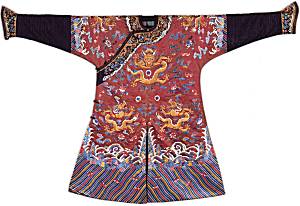
Semi-formal
court coat with representation of dragons,
1862-1874 (Qing-time, Tongzhi-periode),
Nr. 21, Inv.Nr. L 2001,2
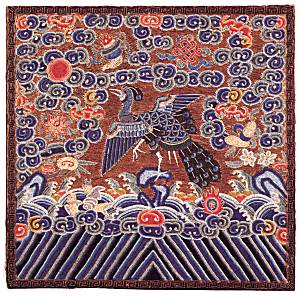
Rank badge or
Mandarin square, buzi,
around 1860 (Qing-time, Xianfeng-period 1851-1861)
Nr. 29, Inv.Nr. L 93,25 a + b
the golden pheasant designated second civilian rank
